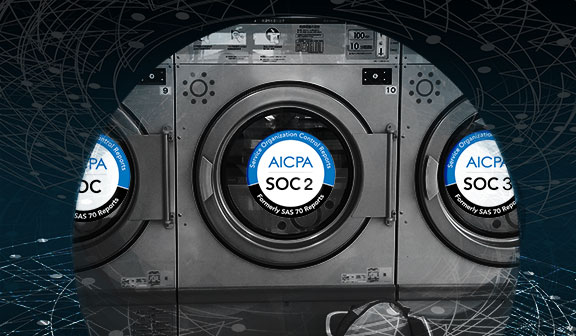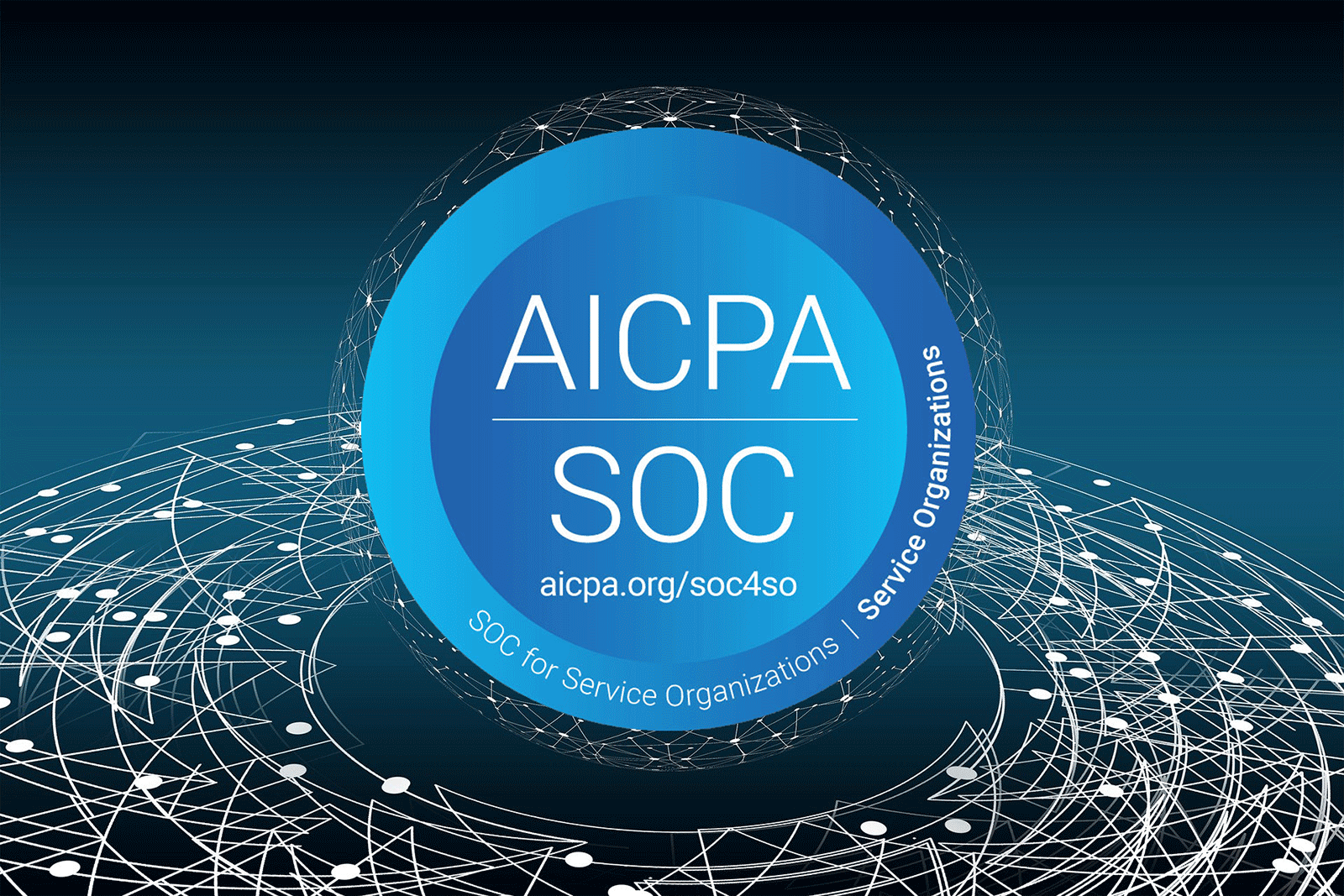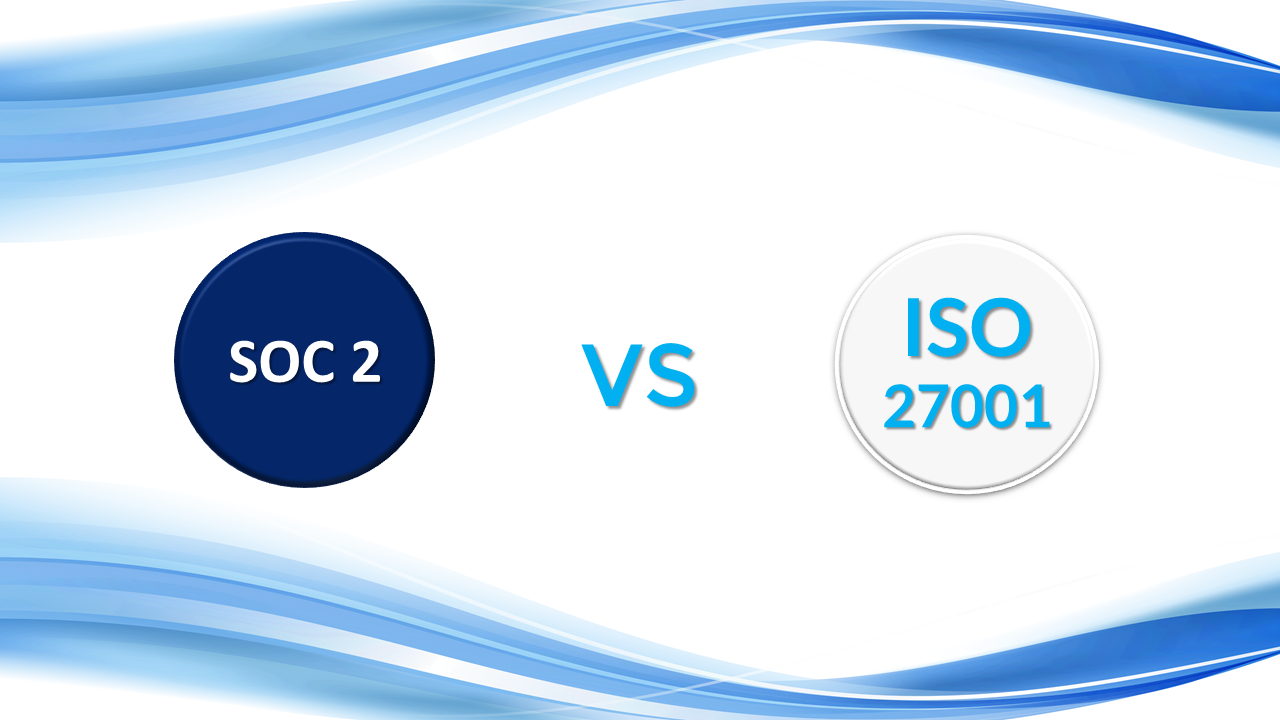It seems like a long project to reach SOC compliance, right? Well, not if you consider that SOC 2 compliance is a journey and not just a tick box certification. SOC 2 will enable you to embed processes and controls to improve security maturity – demonstrating the operating effectiveness of these controls.
How long does SOC 2 compliance take? You can expect it to take 6 months to acquire SOC 1 Type 1 and 12 months for the SOC 2 Type 2 report. However, this will vary per size of the organisation and the organisation’s readiness level.
Read on to find out more about the length of time it takes to acquire SOC 1 and SOC 2 compliance, and how you can get certified.
How Long Does SOC 2 Compliance Take?
SOC compliance typically takes between 6 to 12 months to complete, however, if your organisation is certified to ISO 27001, then you can expect your SOC compliance timeline to be a bit shorter as you should already have measures in place to minimise security threats and now you will need to provide evidence that those security systems are in scope with SOC 2 Trust Criteria. Read more about the difference between ISO 27001 and SOC in our blog.
Other factors to consider for the time it will take your organisation include:
- The number of systems you’re running
- If you have multiple locations
- The sensitivity of your customer data
- Level of commitment from senior management
Once you understand these factors, you can now look at each stage of the timeline and make educated estimates of the time length needed to achieve SOC 2. So, let’s now dive into what to expect at each stage in a typical 12-month project – again bearing in mind that SOC 2 is a journey to security and not just a tick box for compliance.
AICPA’s, Section 801 reads “A type 2 report that covers a period that is less than six months is unlikely to be useful to user entities and their auditors” when performing SOC 2 audits. Therefore, you should schedule your SOC 2 audit at regular 6 to 12-month intervals — to ensure regular and thorough compliance.
How Do You Get SOC 2 Certified?
SOC 2 is a criterion for managing data based on five key principles. To get SOC certified, you must ensure that your business is meeting the outlined requirements for:
- Security
- Privacy
- Availability
- Processing Integrity
- Confidentiality
- Privacy
To gain SOC 2 compliance, you first must ensure you are meeting all the requirements. If you aren’t sure if you are meeting the requirements, you can employ a SOC 2 consultant, like us, to help. Your consultant will ensure that your current systems and processes are up to scratch for compliance.
Once you are confident that your business meets the SOC compliance requirements, you can hire an auditor. A SOC audit can only be performed by an independent Certified Public Accountant, who is regulated by the AICPA. The reporting process can take anywhere from 6-12 months to complete.
What are the Stages of Getting SOC 2 Certified?
Read on to find out more about how long SOC compliance takes, and the key stages involved.
Month 1: Board Buy-In & Shortlisting Auditors
The board will want to see the ROI from achieving SOC reports. Let’s face it – it will be easy to get approval if you have a customer tender requiring SOC 2. If this is not the case, there are many benefits to compliance such as increasing your security posture to gain a competitive advantage that you can present to the board.
The next step is to find auditors to shortlist. SOC 2 should be audited by a licensed CPA firm. Note there are unlicensed firms that can perform the security audit, but it may not be recognised globally and could be unacceptable to your potential and current client requirement.
In this first month, it is advisable to form a small risk and compliance team to oversee the project with at least one highly technical and operational-focused member. The team can help champion the project and ensure no business functions are disrupted during the compliance timeline.
Month 2: Choosing Your SOC 2 Compliance Auditor & Scoping
Take your time. It’s worth taking a month or two to find the right auditor as your partner to achieve compliance and it will make the journey a much smoother process.
We recommend finding companies that have several SOC reports under their belts. If you are a new tech-focused company – it’s good to find an auditor that understands the specific needs of start-ups.
For instance, if you can find an auditor who generally understands the impact of cloud-based information data storage and other compliance considerations unique to your organisation then this will help keep your timeline on track. An auditor who does not have tech expertise could still be considered but this may slow down the audit process.
If this is your organisation’s first time achieving SOC 2, don’t expect the auditor to hold your hand throughout the process. It’s advisable to employ a consultant to help with your readiness for the audit. If you’re looking for a consultant to help you achieve SOC compliance, check out our service page on SOC compliance to find out how we can help you.
Once the auditor is selected, it’s time to confirm the scope. Depending on the reason for the SOC 2 report, the scope may cover the controls in one or all five of the Trust Service Criteria (TSC). If all five are not included, then this will cut down your timeline as well.
Consider any legal, contractual, or compliance requirements you may have to help identify specific TSC requirements. For example, if you are in Europe and under the GDPR, data privacy will be crucial, and you may need more focus time on the privacy TSC.
Month 3: Begin Control Mapping
The auditor should provide you with tools such as the audit checklist and a proposed work schedule.
Now that you know what the auditor will expect, you can begin mapping controls. Depicting the relationship between policies and testing will provide clear evidence that SOC 2 TSCs can be met. Connecting the dots in this way simplifies and streamlines the Auditor’s work providing the essential data needed for the report.
If controls are insufficient or not present to demonstrate compliance to a selected TSC will need remedial actions to demonstrate compliance.
Now that you have identified your gaps, you should be able to now see the larger picture of what the practical final timeline will be.
The gap analysis stage may take between 2-4 weeks. However, SOC fieldwork and auditing can be performed remotely to speed things up without on-site visits.
Month 4, 5 and 6: Remediation & SOC 2 Readiness Audit
In these three months, remediation will take place. Depending on your organisation’s needs, remediations and the resources available to fix the gaps that may compromise your SOC compliance, this length of time may be shorter or longer. Once again, this is where employing an outside consultant, such as Risk Crew, can come in handy to speed remediation along. A readiness audit should be performed before the auditor begins verification in the next month.
Month 7: Verification & Fieldwork to Achieve the SOC 2 Type 1 Report
The auditor will begin to verify fieldwork, which may involve them coming on-site. You should receive a list from them of all documentation that will be expected to be delivered as part of the process. This could include organisational charts, change management information, asset inventories, and on-boarding and off-boarding processes.
Designate someone to coordinate what tasks and documentation are needed by all so that every relevant department knows what is expected of them and when it is due.
Once the fieldwork is complete, it could take the auditor a month to complete the SOC 2 Type 1 report. Which now puts you at the end of month 7 to receive the report.
Month 8 Onwards: SOC 2 Type 2 Compliance Auditing
Now that you’ve done all the hard leg work, it’s time to put it into practice and demonstrate evidence of compliance. The audit should take place over 6-12 months. Some organisations that are gaining SOC 2 compliance to satisfy a customer requirement may need to speed up this timeframe. It’s advised that if this is the case, you should plan for a full 12-month audit period on your annual compliance renewal. However long your project takes to reach SOC 2 compliance, it will be well worth it.
Ask your auditor if they can issue a ‘Bridge Letter’ that can function as transitional validation, which will allow the Sales team to use for leveraging customer conversations that show your organisation is dedicated to achieving SOC 2 and is committed to security diligence.
SOC 2 Target Month: SOC 2 Type 2 Report Issued
Your auditor will now provide you with your SOC 2 Type 2 report. You can show off your organisation’s commitment to compliance by adding the applicable AICPA-approved logos to your website.
You should be proud of your SOC 2 certification. Your organisation’s security maturity is improving and demonstrates the operating effectiveness of the internal controls.
Of course, your project does not end here. Your organisation will continue to embrace and adjust new policies and procedures as needed. Just like other certifications such as ISO 27001, SOC 2 will require an annual renewal to show that your service organisation is committed to upholding the Trust Services Criteria.
Get SOC 2 Certified with Risk Crew
We offer a SOC 2 compliance consultancy service, which includes an assessment of your business, where we identify gaps in meeting the criteria. We outline cost-effective remedial actions to ‘fill the gaps’ and meet compliance.
To get started on your journey to achieving a SOC 2 Type 2 report, we’ve created a typical timeline and checklist. Our crew is here for you during your SOC compliance journey. If you would like to ask a few SOC 2 questions or schedule a consultation, feel free to contact us directly.
Related Questions
Who Needs a SOC 2 Certification?
While not a legal requirement, if your organisation handles data, it is within the best interest of your clients and organisation to get a SOC certification to ensure your security posture is as good as it can be. Organisations that may benefit from a SOC 2 certification include SaaS providers, cloud service providers, and anyone that handles client data. If you are in the banking, investment, or insurance industries, or offer a service that could impact a user’s financial reporting, a SOC 1 may be required by your clients or stakeholders.
What is the Difference Between SOC 2 Type 1 and SOC 2 Type 2?
Both of these audit types report on non-financial reporting controls and relate to the TCS criteria. The key difference between these reports is that a SOC 2 Type 2 report is conducted over a longer period, which allows auditors to test the operational effectiveness of controls.
What is the Difference Between a SOC 1 and SOC 2 Audit?
A SOC 1 audit type is designed to review internal systems over financial reporting. This compliance type tests for all aspects of the TSC requirements (security, integrity, availability, processing integrity, confidentiality, and privacy). A SOC 2 audit only assesses the controls that are relevant to an organisation, which means you can cherry-pick the scope of which TSCs to include in the audit.
Get Started with a Timeline & Checklist Book a Consultation



